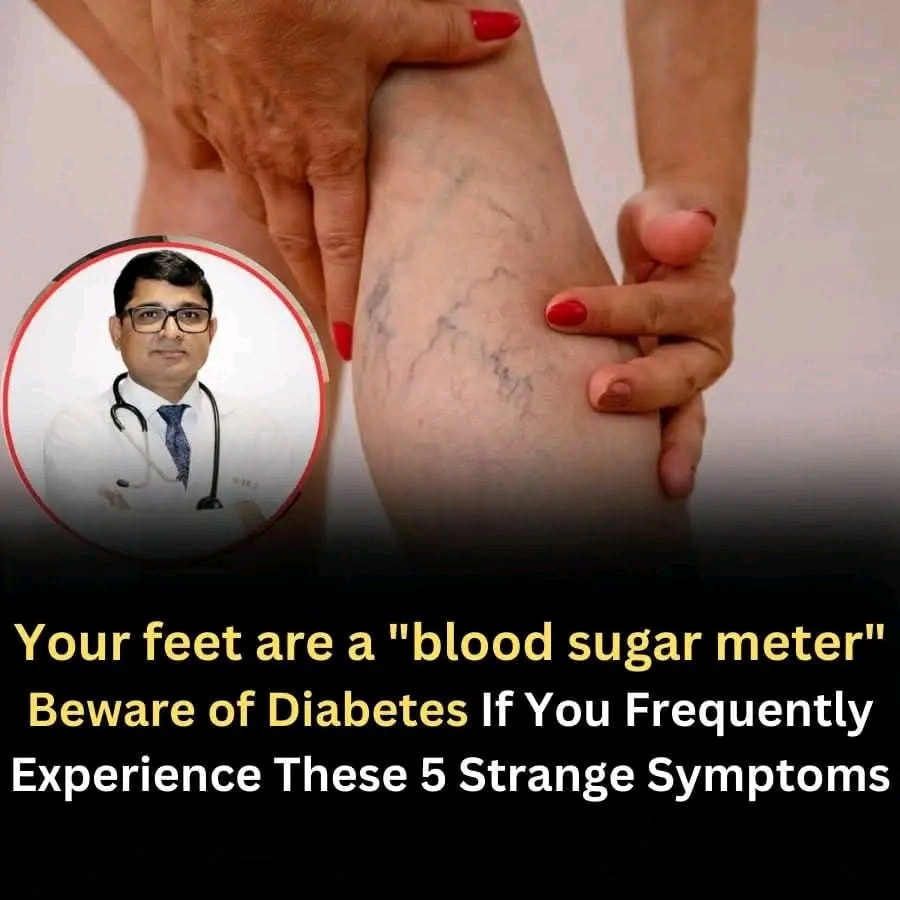
Diabetes doesn’t just affect your blood sugar—it can quietly damage nerves, blood vessels, and tissues, especially in your feet. Your feet may be the first place you notice warning signs that your diabetes is getting out of control. Paying close attention could help prevent serious complications like infections or even amputations.
1. Numbness or Tingling Sensation
If your feet often feel “asleep,” tingly, or unusually numb, it could be due to nerve damage called peripheral neuropathy—a common complication of diabetes.
2. Burning or Sharp Pain
Many people describe a burning or stabbing pain in their feet, especially at night. This pain can feel intense even when there’s no injury present.
3. Cold Feet (Even When Warm)
Poor circulation due to damaged blood vessels can make your feet feel cold, even in a warm room. It’s a sign that your feet aren’t getting enough oxygenated blood.
4. Changes in Skin Color
Look for patches of redness, darkness, or a bluish tint. These may be signs of poor circulation or skin infections.
5. Dry, Cracked Skin
Diabetes can reduce your ability to sweat, leading to dry, flaky skin. Cracks, especially on the heels, can open the door to infections.
6. Slow-Healing Sores or Cuts
If small wounds or blisters take a long time to heal, it means your immune system and circulation are compromised—both common in diabetes.
7. Swelling in the Feet or Ankles
This could be due to fluid buildup from poor circulation or heart issues often linked to diabetes.
8. Loss of Hair on Toes or Feet
Reduced blood flow can also affect hair follicles. If you notice thinning or loss of hair on your feet or toes, it’s worth discussing with your doctor.
9. Foot Deformities or Changes in Shape
Over time, nerve damage can lead to muscle weakness, changing the shape of your foot. This may lead to conditions like Charcot foot.
10. Fungal Infections and Nail Changes
Thick, brittle, or yellow nails and itchy skin between the toes can indicate fungal infections. Diabetics are more prone to these due to a weakened immune response.
FAQs
Can foot problems be the first sign of diabetes?
Yes, many people first notice symptoms in their feet before being diagnosed. Numbness, tingling, or infections might be early clues.
What should I do if I notice foot symptoms?
See a doctor right away. Early treatment can prevent complications like ulcers or amputations.
How often should diabetics check their feet?
Daily! Look for cuts, blisters, color changes, or swelling. Early detection is key.




